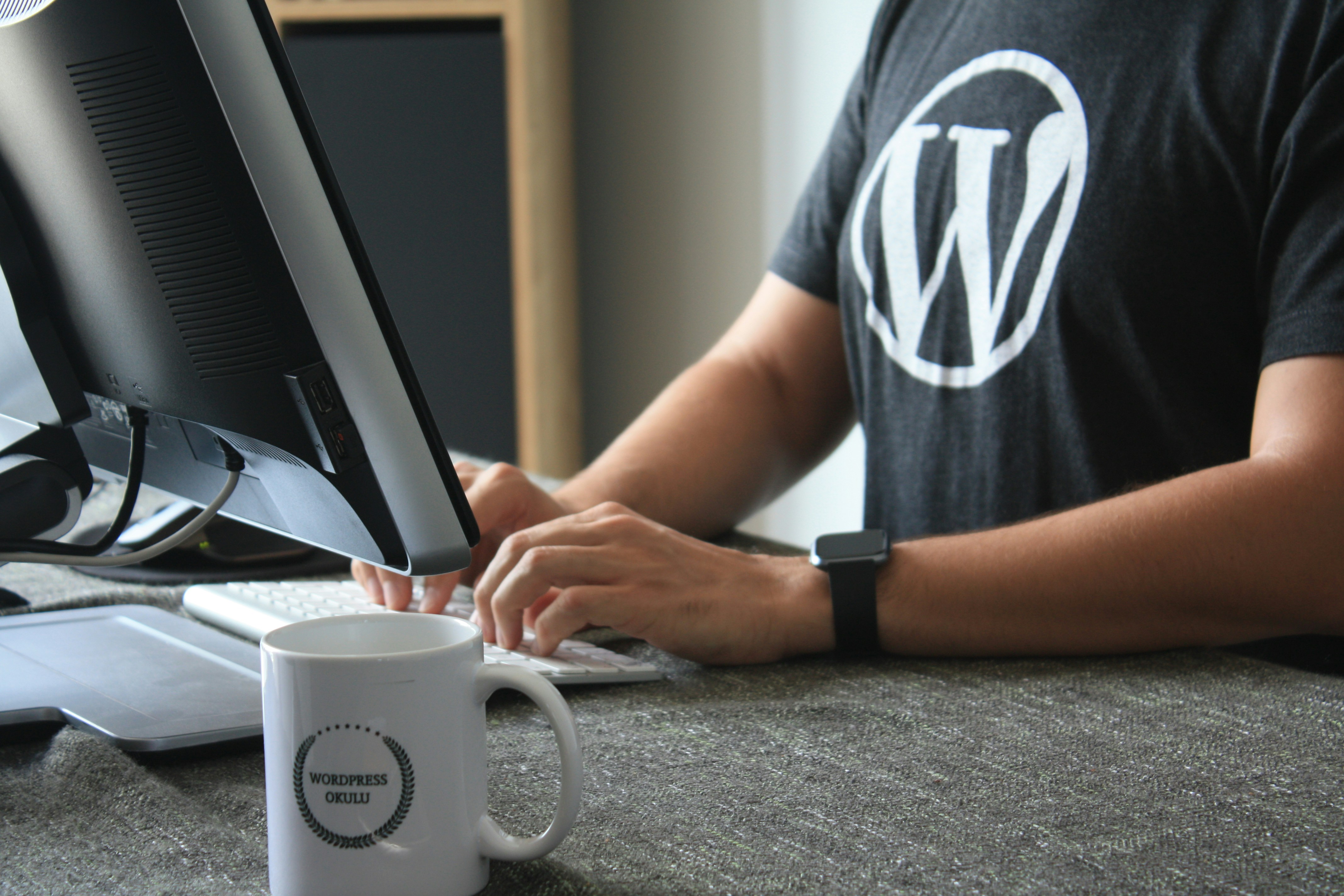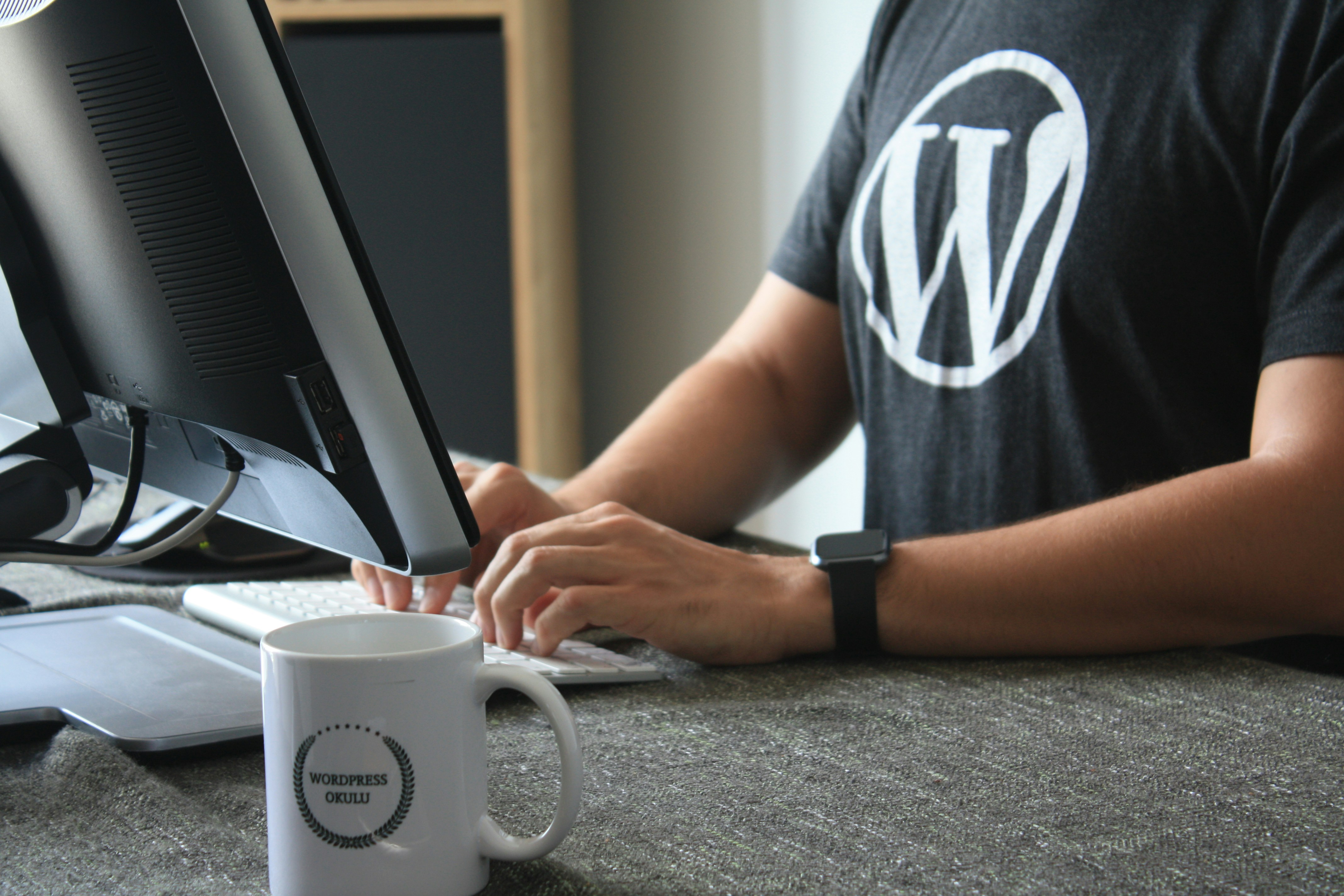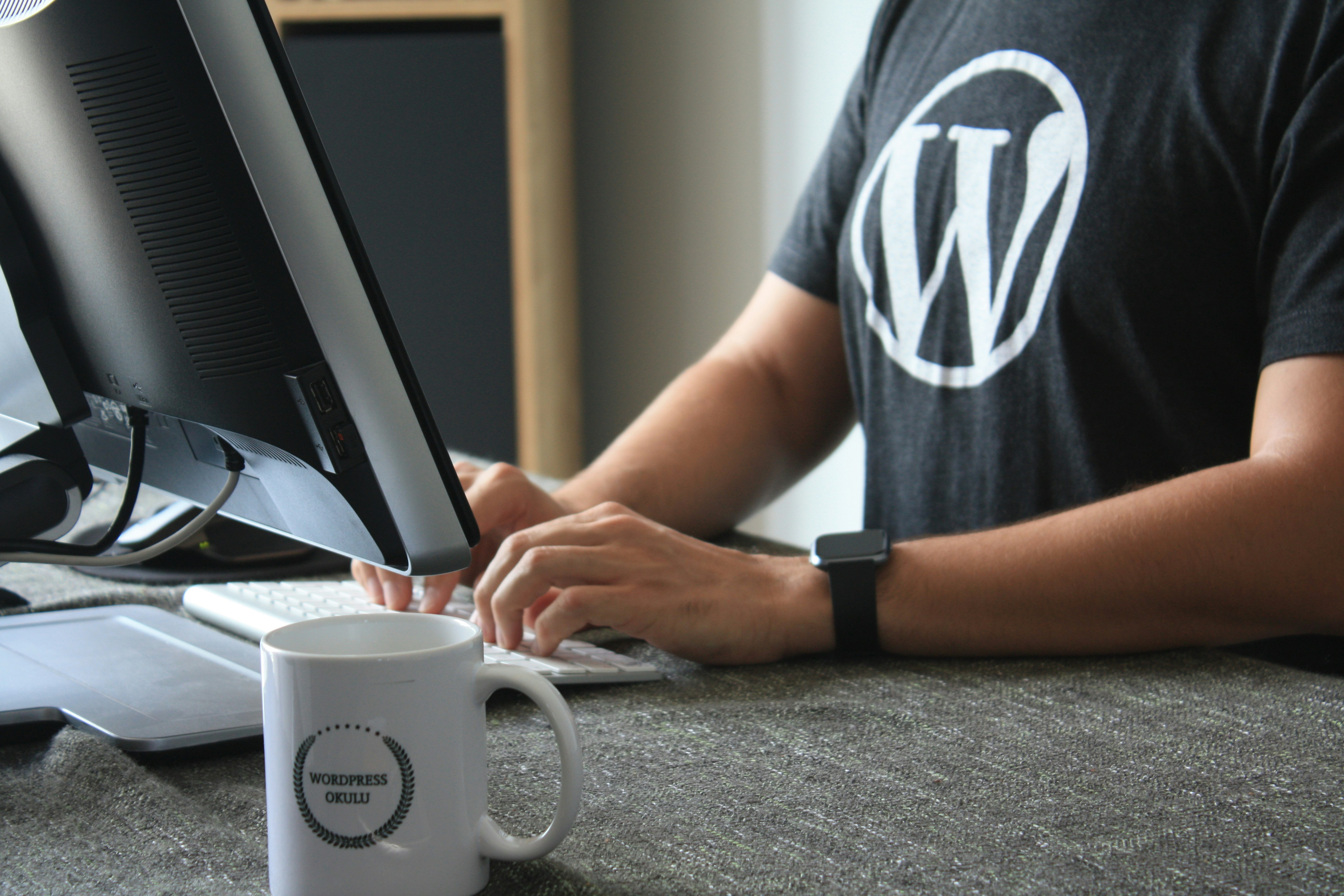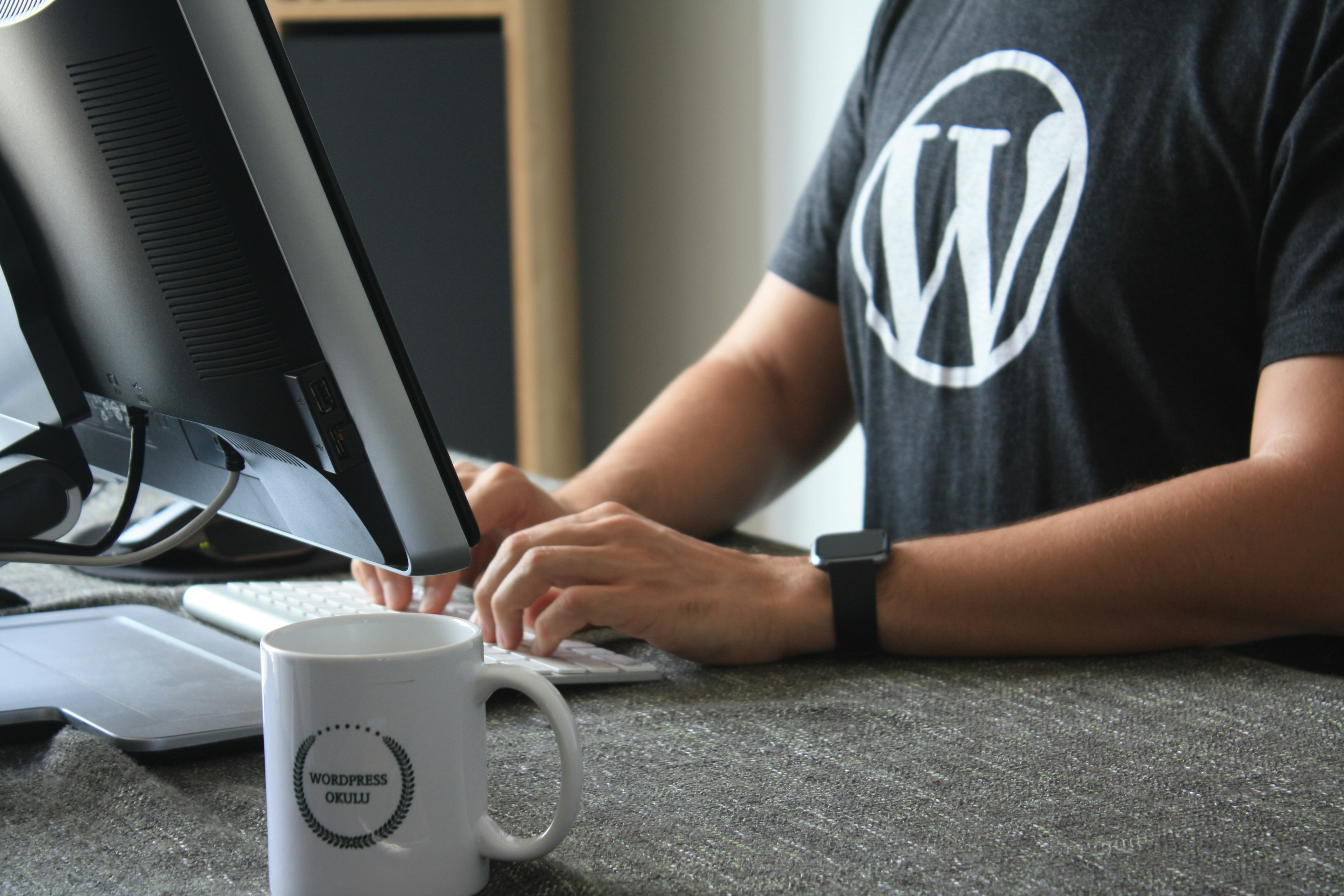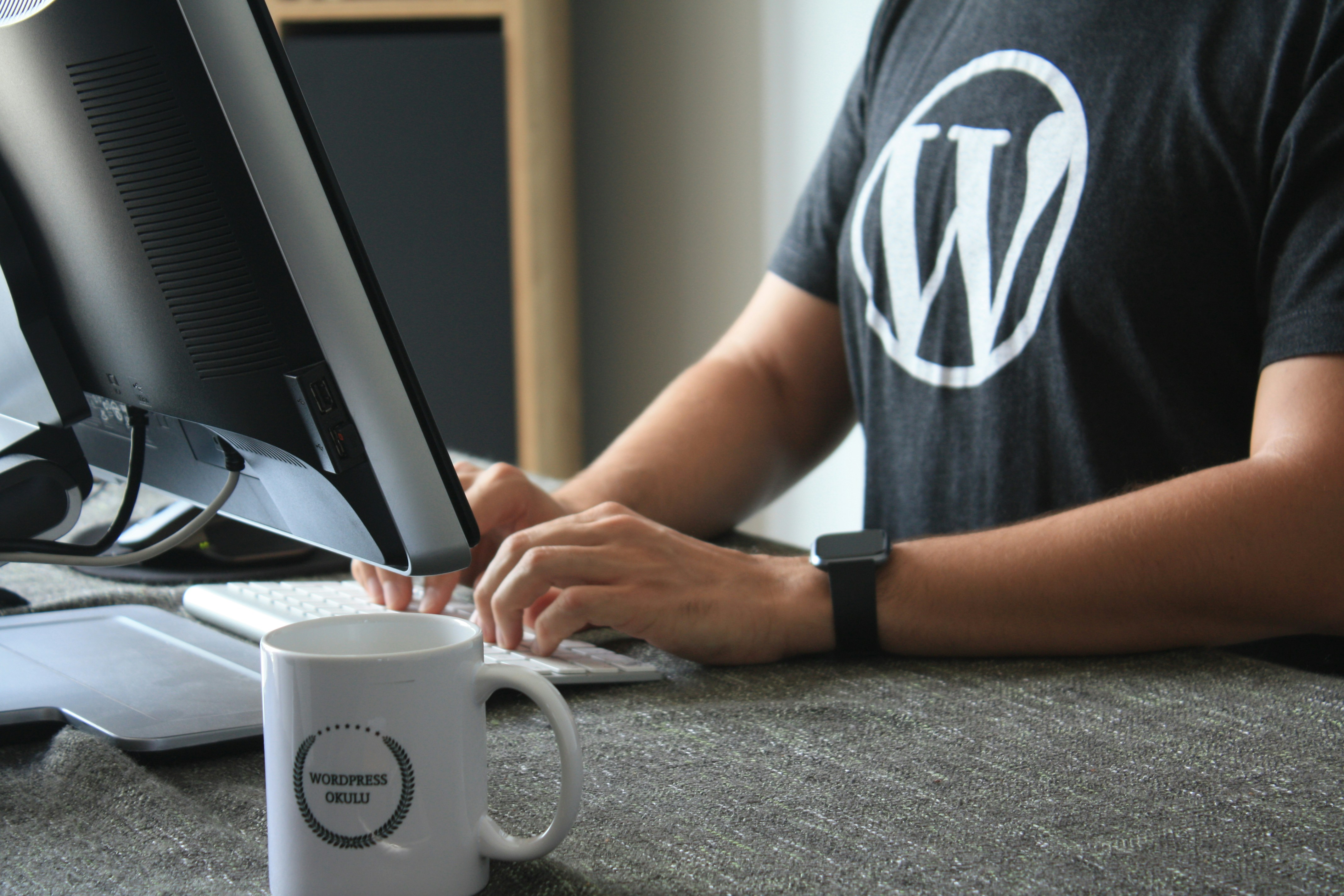Securing Your WordPress E-Commerce Site: Best Practices and Actionable Advice
Introduction
Running an e-commerce site on WordPress can be a lucrative venture, but it also comes with its fair share of risks. Cyber threats are on the rise, and it’s crucial to take the necessary steps to protect your e-commerce site and keep your customer data safe. In this article, we will discuss some actionable advice on securing your WordPress e-commerce site, including the best security plugins and recommended practices.
1. Update WordPress and Plugins Regularly
Keeping your WordPress installation and plugins up to date is one of the most effective ways to protect your e-commerce site from cyber threats. Updates often include security patches that address vulnerabilities that hackers may exploit. Make it a habit to check for updates regularly and install them as soon as they become available.
2. Use a Reliable Security Plugin
WordPress offers a wide range of security plugins that can help fortify your e-commerce site against cyber threats. Some popular options include Wordfence, Sucuri Security, and iThemes Security. These plugins offer features such as malware scanning, firewall protection, and login security enhancements. Choose a plugin that suits your needs and install it on your site to add an extra layer of security.
3. Implement Strong User Authentication
Weak passwords are one of the most common entry points for hackers. Encourage your users to create strong passwords by enforcing password complexity requirements. Additionally, consider implementing two-factor authentication (2FA) for all user accounts. 2FA adds an extra layer of security by requiring users to provide a second form of verification, such as a code sent to their mobile device, in addition to their password.
4. Secure Your Payment Gateway
If you’re running an e-commerce site, securing your payment gateway is of utmost importance. Choose a reputable payment gateway provider that complies with industry standards for data security, such as PCI DSS. Additionally, ensure that your site uses HTTPS encryption to protect customer data during the payment process. Display trust seals and badges on your site to instill confidence in your customers.
5. Regularly Backup Your Site
Regularly backing up your e-commerce site is essential in case of a security breach or data loss. Choose a reliable backup solution that automatically backs up your site on a regular basis. Store backups offsite or in a secure cloud storage service. In the event of a security incident, you can quickly restore your site to a previous state and minimize the impact.
6. Limit Access to Your Admin Area
Limiting access to your WordPress admin area is another effective way to protect your e-commerce site. Restrict access to only trusted individuals who need to perform administrative tasks. Consider using IP whitelisting or a VPN to further restrict access to your admin area.
7. Educate Yourself and Your Team
Staying informed about the latest security threats and best practices is crucial in maintaining a secure e-commerce site. Educate yourself and your team about common security threats, such as phishing attacks and malware infections. Train your team to recognize and report suspicious activities promptly. Regularly review and update your security policies and procedures to stay ahead of potential threats.
Conclusion
Securing your WordPress e-commerce site is an ongoing process that requires vigilance and proactive measures. By following the actionable advice mentioned in this article, such as updating WordPress and plugins regularly, using reliable security plugins, implementing strong user authentication, securing your payment gateway, regularly backing up your site, limiting access to your admin area, and educating yourself and your team, you can significantly reduce the risk of cyber threats and keep your customer data safe. Remember, investing in security measures is an investment in the long-term success and reputation of your e-commerce business.

